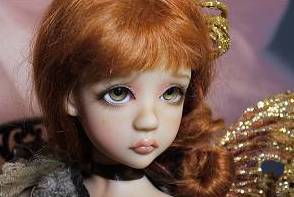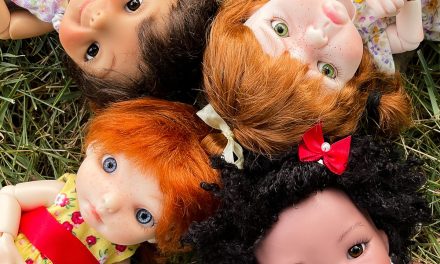So you’re new to BJDs. Want to know the history behind customization, and what you need to get started? Let me help.
 So you’re new to BJDs. Want to know the history behind customization, and what you need to get started? Let me help.
So you’re new to BJDs. Want to know the history behind customization, and what you need to get started? Let me help.
A brief history
- In the late 19th century, German and French doll makers used ball joints in bisque dolls.
- They showed up in Japanese art dolls in 1930.
- It wasn’t until 1999 that Volks created Dollfie, geared towards female collectors, in a Garage Kit. The doll came unstrung and blank, for the ultimate customizing experience. Super Dollfie followed in 2000.
More than basic supplies
Assuming you have an assembled doll, and the basic supplies I’ve already recommended:
- Resin primer and sealer. Think quality. My favorite is Mr. Superclear. You’ll have to buy this from a dealer, such as the Junky Spot. I’ve tried Testor’s DullCote, and it works well for faces and small areas, and it’s easier to find. But as a less-experienced user, I find it attracts dirt more easily than MSC.

- Chalk pastels and/or watercolor pencils. These don’t have to be professional, but be sure nothing is oil-based. Square scrapbooking pastels tend to be too flakey.
- Gloss sealer of your choice. This is necessary for adding a shiny finish to eyes, nails or lips. Liquitex gloss medium is nice, or you can spend $2 on Tamiya from Volks.
- High quality brushes. You’ll need at least one fine brush, one small angled brush, and one large round brush. Don’t scrimp on these–use a coupon at a hobby store to pay for them or wait till they go on sale. They will be worth the price if you use them often.






